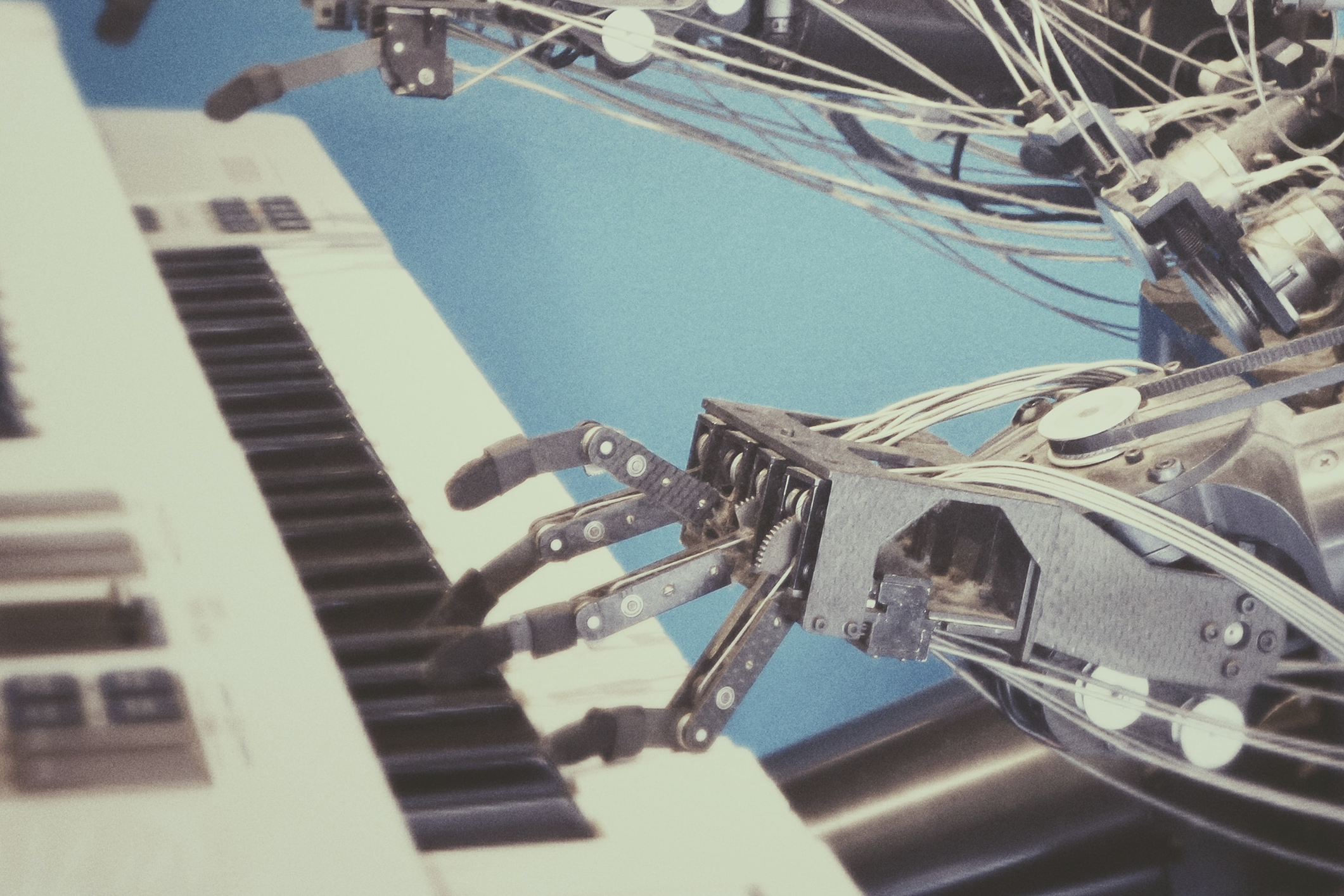
Creativity is personal, subjective, and distinctly human, right?
While Artificial Intelligence (AI) has evolved in leaps and bounds over the years, there is no way you’d confuse a piece of AI for a human, right?
Yet, Lexus was able to programme a machine to write the world’s first AI-scripted ad.
Against the odds, the ad certainly had very human emotions.
Even if a machine isn’t itself capable of feeling emotions, it can certainly replicate them.
Over the years, machines have tried to replicate other human creativity – particularly in the arts. Toyota’s robot playing the violin is equal parts jaw-dropping and disconcerting.
And they’ve even become, to some extent, “pets.” (It won’t kill you. Promise.)
Vector, the robot from technology company Anki, has taken WALL-E like reactions and elevated them to the next level.
Its expressions are more than just life-like. You really feel like it’s alive.
And even Google Assistant can call to make appointments or restaurant reservations for you, while maintaining all the inflections and pauses of a real human, so the person on the other end of the phone is none-the-wise they’re talking to AI.
We can see AI getting more and more intelligent all the time – even chatbots are more sophisticated now than they’ve ever been. Quite often, you never need to deal with a real person because the chatbot can meet your needs.
With self-driving cars on the horizon, are we at the dawn of being chauffeured by robotic butlers à la The Jetsons?
The growth of machine learning begs the question: Can we share our humanity with a machine?
We ought to consider that question carefully, as chances are it’ll happen sooner rather than later.
Previous Story
1 Osier Way
Swan Business Park
Buckingham
MK18 1TB
01280 824000
info@bcqsolutions.com
Sign up for our latest insights, articles and news.
Your marketing. Transformed.